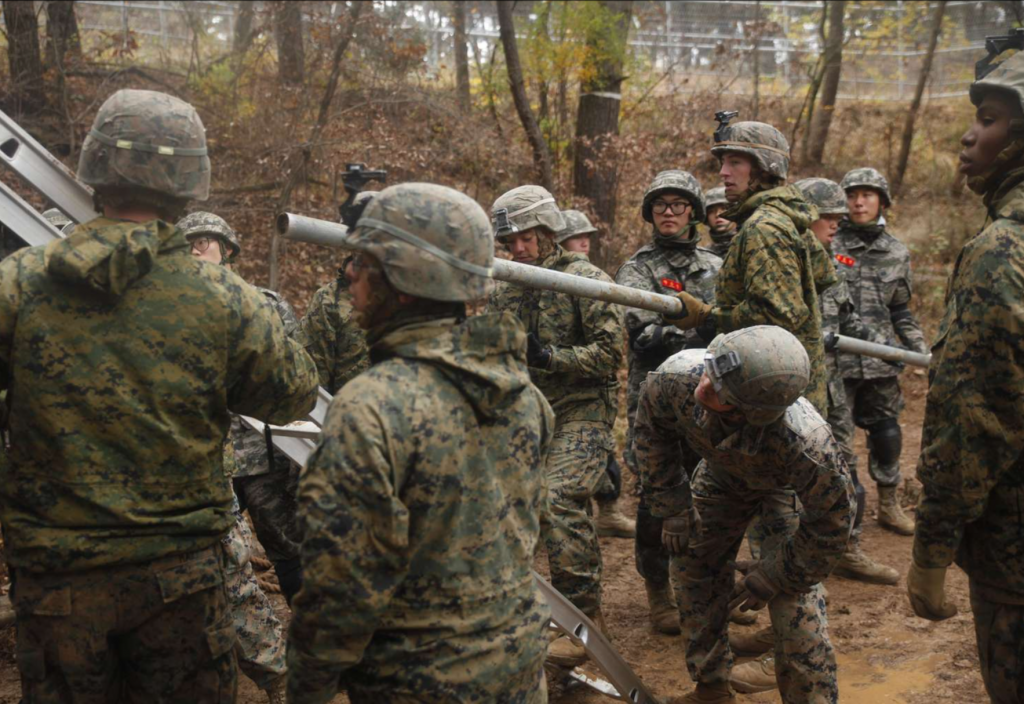South Korea’s President Announces Possibility of Obtaining Nuclear Weapons in a Historic Policy Reversal
On 11 January, the South Korean President Yoon Suk-yeol spoke in a former presidential office at Cheong Wa Dae about the rising tensions in the region and the increasingly threatening stance taken by North Korea’s Kim Jong-un.
Yoon said “we have to deter the provocations by increasing the capacity of the KMPR”, referring to South Korea’s policy of punishing and retaliating against any impending attack from North Korea. As a part of that, he continued, obtaining nuclear weapons could be an option, if Pyongyang continues its current course. “If that happens, we’ll be able to get hold of them sooner with our science and technology”.
South Korea’s recent announcement of its intention to pursue nuclear capabilities marks a significant shift in its national defense policy. Historically, the country has relied on the nuclear umbrella of its ally, the United States, as a means of deterrence. However, in the 1970s, under pressure from the US, South Korea abandoned its nuclear ambitions and signed the Joint Declaration on The Denuclearization of The Korean Peninsula in 1992. However, with the changing global security landscape, South Korea seems to be reconsidering its options.
Yoon’s statement confirms that South Korea is on its way to join the growing number of US allies looking to reduce their reliance on it and boost their own military capabilities. South South Korea’s President specifically mentioned Japan’s growing military expansion: “We can wonder how a country with a pacifist constitution [Japan] can do such things, but with missiles flying over their heads and the possibility of a nuclear strike, it’s rather easy to understand”
Defense Minister Lee Jong-sup announced a new strategy aimed at deterring the North Korean threat, which includes not only the pursuit of nuclear capabilities, but also a series of other measures. The strategy comprises of six pillars, which are designed to enhance South Korea’s military capabilities. These include improving anti-drone capabilities, conducting joint military exercises with the United States, strengthening intelligence gathering, improving reconnaissance systems, and establishing a central Strategic Command by 2024, which would be to serve as a centralized system tasked with dealing with North Korea’s aggression.

